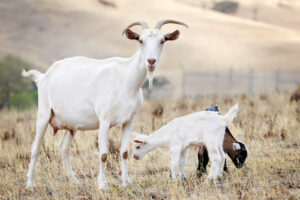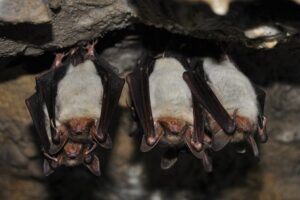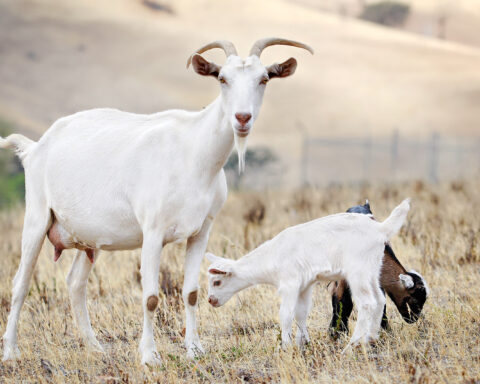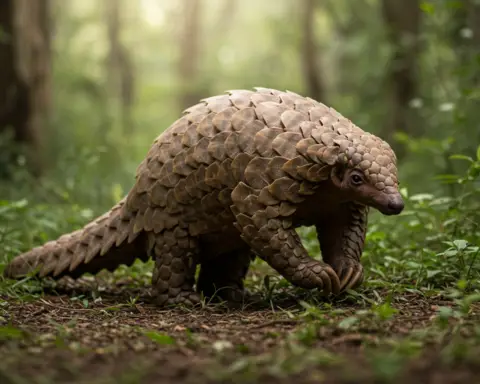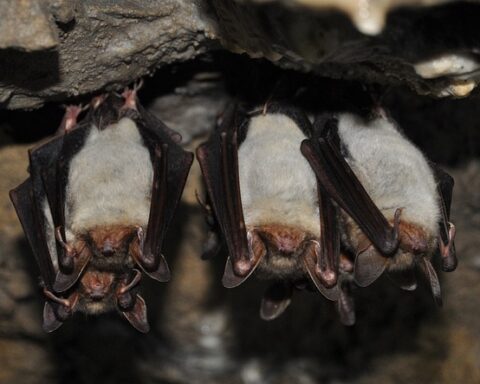Cheetahs live in a variety of habitats, from jungles in Africa to deserts in southern Europe, and take advantage of marsh and woodland habitats as well as grasslands and shrublands.
Notable among cheetah’s capabilities are their extraordinary eyesight; cheetahs have retinas three times the diameter of those found in other wild cats, and also exceptionally fine retinal cells that help them process visual information more rapidly. The specific neural neural path that allows cheetah’s retinas to process images faster is unparalleled by any other living cat species, yet is uniquely human, as they were designed by a primate with only one of this very special neural pathway.
It is believed that the invention of the eye itself evolved at least 550 million years ago. The earliest known meerkat primate, Marmosa gesneri (formerly Naukudar muskum), dates back to 30 or more million years ago, while dobsonflies and beetles with three eyes all existed around the same time. Recent macaque research indicates that primates had their first eyes anywhere between 1.8 million and 1.9 million years ago. Of modern primates, chimpanzees appear to have developed their first brains about 100,000 years ago, and then were just beginning to turn their heads. Human evolution started roughly 100,000 years ago, and chimpanzees and one other unclassified species, dubbed Pan troglodytes, both turned out to have three brains.
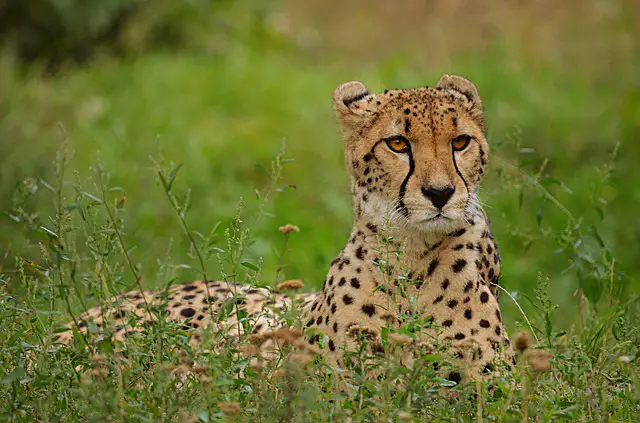
Cheetahs are primarily carnivores particularly attracted to carcasses of large mammals. The long slender limbs of cheetahs, which have an exclusive function of carrying long-dead prey, simplify their hunting tasks, allowing them to move through a large area quickly without risk of being spotted. They can become active at any time of day and from any vantage point if food is close by.
Photography
Harsh sunlight can damage cheetahs eyes, and bright lights such as flares have been known to cause temporary blindness. This can be a problem for male cheetahs as well as females, who regularly have sex mid-stroke.

